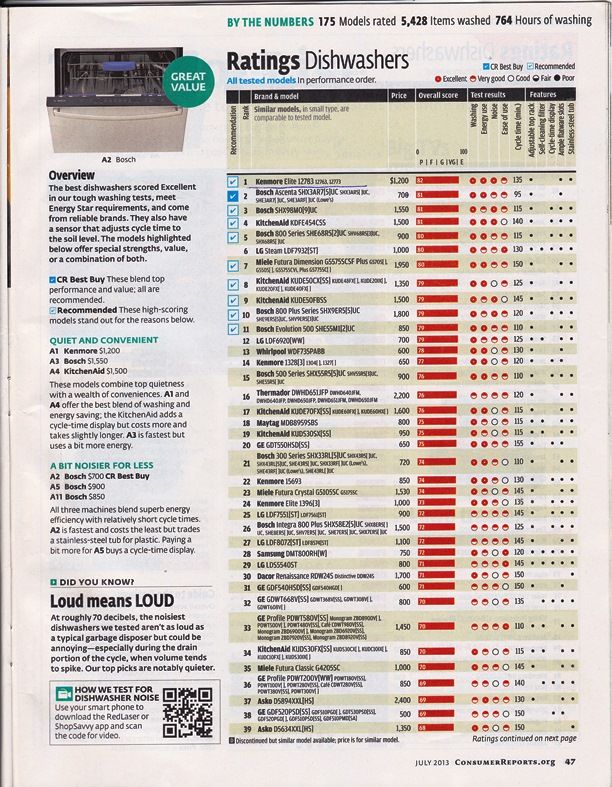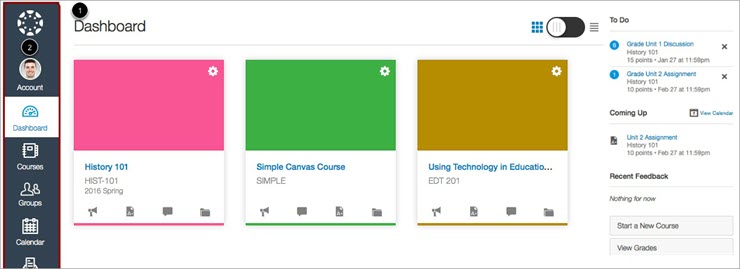
The biggest factor in TV ratings is how many people are watching the show. A bigger audience will mean more commercials. The number of viewers does not guarantee the quality of a program. When judging a TV program, there are many other factors that you should consider, such as the show's genre, rating, and presentation quality.
Nielsen is a top provider of television audience measurement. It measures television viewing habits through panels of panelists, which include households. This information is provided to advertisers and television networks. They can, for example, determine the best time to air a new series. They can also track how often and for how long a show has been watched.
Nielsen uses statistical sampling to create its estimates. Nielsen does not attempt to determine the number of viewers for every antenna or cable box in the country. Instead, it makes use of a representative sample, usually a group of 20,000 households. It may conduct special tests to verify its accuracy.

The number of viewers is an obvious way to get a TV show off the ground. However, it is more important to consider the amount of advertising dollars spent on that show. Because a network can recoup their investment in programming with a higher rating, it is more likely to succeed. Higher ratings mean more ad revenue. Therefore, the best way to get your foot in the door is to produce a show that has a decent rating.
For instance, the Big Bang Theory is a good example of a show that gets a high rating. TBS makes a lot from it, even though it's a sitcom. Other highly successful shows include ABC’s The Office (Fox), Fox's Felicity (Fox) and UPN's Smackdown (UPN).
Another notable example is the NCAA Gymnastics Championships which reached a new audience high. It is a small feat, but NBC's Sunday games are among the top three in prime time among women 18-34. NBC's streak of six games with fewer viewers than one million was despite the popularity and appeal of hockey and basketball.
TV is an entertainment medium that is well-loved. In the United States, for example, there are 121,000,000 homes equipped with televisions. Nielsen says that about 60% of broadcast viewers are women. Their purchasing power represents more than half all consumer purchases. To this end, networks are actively seeking shows that will increase their ratings.

The competition for viewers is fierce, just like in any other industry. Unfortunately, there are some shows that have misled their audiences. The Wild-Blues was one of these shows, with its ratings jumping from 0.43 - 0.41. ABC's Hockey Saturday however, which has been broadcast for seven seasons, has seen a record number of viewers.